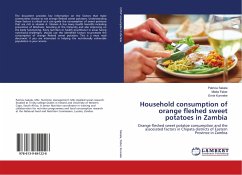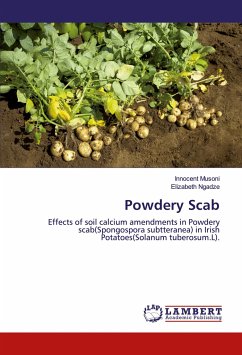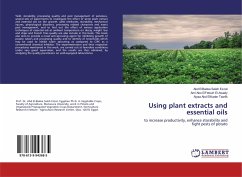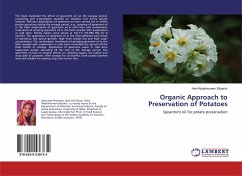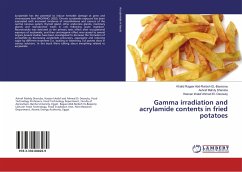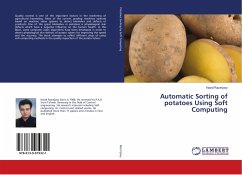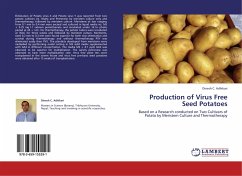The storage of sweet potato tuberous root in Ghana is a major challenge to farmers and retailers. In this research, a factorial combination of four pre-storage treatments (Ash, Brine, Lantana camara extract and Control), two sweet potato varieties (TIS 2 and Ukerewe) and two storage structures (Evaporative cooling barn and Pit storage structure) in a completely randomized design with 3 replications were used and evaluated over a 3-month period. All the parameters studied (weevil damage, weight loss, shrinkage, decay, sprouting and wholesomeness) showed that significant differences existed among the pre-storage treatments used. Sweet potato roots pre-treated with Lantana camara extract exhibited the least weevil damage, the lowest weight loss and decay, and had more wholesome sweet potato tuberous roots. For the two varieties, TIS 2 generally stored better than Ukerewe. It was also more resistant to: weevil damage, decay, weight loss and shrinkage. Again the roots were more wholesome at the end of three months of storage. The two storage structures improved the shelf-life of sweet potatoes over eight weeks. This will help sweet potato farmers and consumers in tropical Africa
Bitte wählen Sie Ihr Anliegen aus.
Rechnungen
Retourenschein anfordern
Bestellstatus
Storno


